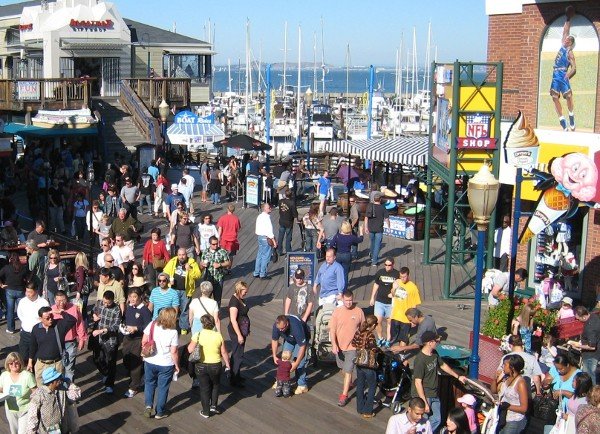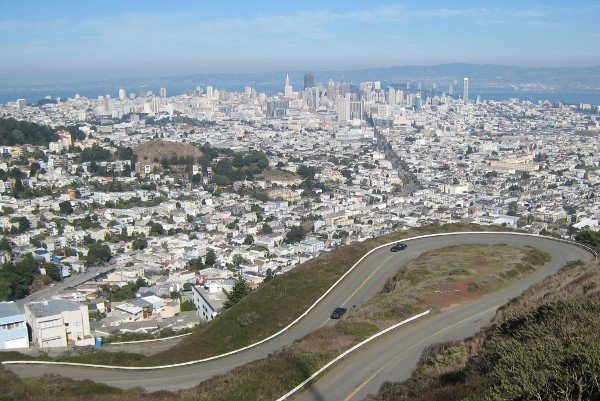There are many ways to meditate. Mindful meditation is one way to achieve peace. It can recalibrate family dynamics and help adults and children relax and focus their thoughts. And it can take only three minutes to do, anywhere you can find a spot to sit or stand.
Mindful meditation has been used to help adults for 30 years. Now it is being used to help students function better, clear their mind of cluttered thoughts and some experts think it may help students achieve better exam results.
“Research already shows that mindfulness therapy has huge potential for kids with attention deficit hyperactivity disorder (ADHD) and anxiety,” says an article in the Globe and Mail. It is one of the cornerstones of the increasingly popular practice of mindfulness, a blend of Buddhism-inspired calm and cognitive-behavioural therapy.
Experts say the key to this rests in the idea that thoughts and feelings – especially negative, anxious ones – aren’t necessarily reality and don’t have to be permanent, says the article. It quotes a Toronto child psychiatrist and mindfulness expert M. Lee Freedman who puts it simply to her patients: “You don’t actually have to believe everything you think.”
Actress Goldie Hawn is author of a new book on mindfulness called 10 Mindful Minutes. Her foundation funded research found mindfulness helped students achieve better reading scores, less absenteeism and a 63 per cent rise in optimism. Now she is working to bring this message to parents to reduce stress in their lives and be more in control of their emotions and reactions. She hopes that this would make us better parents.
Mindful meditation is also effective in some clinical settings, reducing chronic pain and preventing depression relapses. Newer studies on group therapies adapted for children with ADHD and anxiety show that mindfulness is a serious alternative or supplement to medication, says the article.
Mindful meditation is a journey to personal discovery. The idea is, not to rush and not to react or over-react when you feel stressed.
The goal is to increase awareness. Through this increased awareness, the meditator is gradually transformed. The ultimate goal is to be aware or mindful at all times. It is this non-stop awareness that leads to self-transformation.
Your mind will be more focused on whatever task you are doing. You will have more compassion and gradually suffer less and less from negative emotional states which cause unnecessary sufferings. You will learn to live in the present moment rather than being lost in thoughts about the past and worry about the future.
The usual instruction for mindfulness meditation is to observe the breath. There are many variations to this. The one I found on the Internet is summarized here.
You can watch your breath in any way you like. You can feel your belly rise and fall. You may feel the air flow through your throat. You may feel the air in your nostrils. When you find you are no longer mindful of your breath, gently come back to the breath again. It is important not to get frustrated. This may happen often but stay focused or mindful on your breathing. This will help stabilize your mind. And learn to stay focused.
Start with three minutes. Every time you take a break, stop for three minutes and do your breathing exercise. Use the stopwatch and timer on your cell phone. You can increase this gradually to several minutes, depending on how much time you have. Make sure your breathing is always slow and relaxed, with a slightly longer exhale than inhale.
Slow breathing calms the nervous system, lowers blood pressure and reduces pulse rate.
Hate and anger hurts us all eventually. May be mindful meditation will make us more aware of our emotions and actions and help us live a tranquil and healthy life. Live in the present and plan for the future.
Start reading the preview of my book A Doctor's Journey for free on Amazon. Available on Kindle for $2.99!



